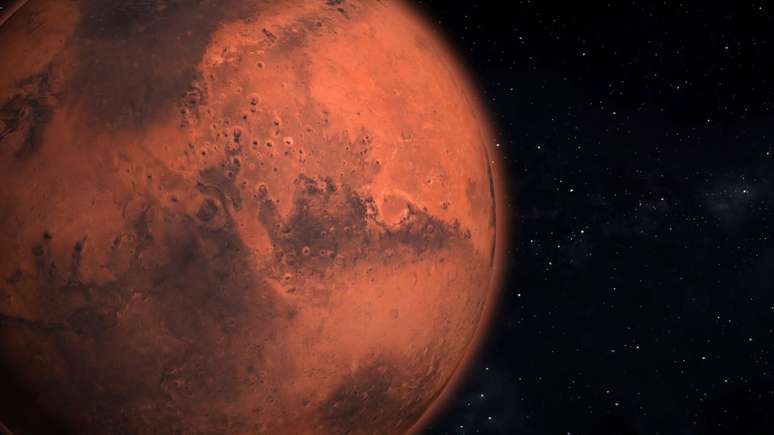Following the successful conclusion of operations of the Ingenuity helicopter, which completed 72 flights in the harsh conditions of Mars, NASA is developing a new robotic aircraft that promises to further revolutionize the exploration of the red planet. Nicknamed Chopper, this aircraft was designed to integrate innovative technologies that enable the most effective and autonomous exploration of Mars.
THE Chopper it should be significantly more robust than its predecessor. With a mass of 35 kilograms, about 20 times heavier than Ingenuity, this drone will have the ability to travel up to three kilometers per day on Martian soil, demonstrating an impressive autonomy of over 24 hours and 40 minutes from a Martian sun.
What makes the helicopter extraordinary?
One of the most impressive features of the Chopper is its landing autonomy. Unlike Ingenuity, which needed support from the Perseverance rover to get to Mars, Chopper will land alone, directly from orbit to the surface. This is possible thanks to a technical advance: the inclusion of a jetpacka device that will control the landing by slowing the plane as it enters the Martian atmosphere.
Equip the helicopter with a jetpack adds complexity to its design, which must support this additional propulsion system. However, the benefit of eliminating the need for a sophisticated landing system and the ability to independently select less restrictive entry points offset this challenge, contributing to fuel efficiency and simplifying launch logistics.
Have you seen a helicopter flying over Mars?@NASAPersevere captured this footage of Ingenuity’s 59th flight to the Red Planet, as Ingenuity kept an eye on the ground. Here’s what we’re learning from our Martian helicopter: https://t.co/uGyuPoLfu2 pic.twitter.com/9VmaazmppY
— NASA (@NASA) November 22, 2023
While promising, Chopper’s development brings with it new and old challenges. As addressed in the days of Ingenuity, the low density of the Martian atmosphere – only about 1% of the density of Earth at sea level – represents a significant obstacle. This requires the drone’s propellers to spin at extremely high speeds to generate sufficient lift, which is not trivial in engineering terms.
Teodoro Tzanetosproject supervisor at the Jet Propulsion Laboratory of NASAis optimistic about Chopper’s future. He told CNN that the team believes that with joint efforts and new technologies it will be possible to incorporate the helicopter into future Mars missions. Intensive work is already underway to include Chopper in the budget of future Mars exploration plans, in the hope of offering NASA an even more capable flight platform.
Source: Terra
Rose James is a Gossipify movie and series reviewer known for her in-depth analysis and unique perspective on the latest releases. With a background in film studies, she provides engaging and informative reviews, and keeps readers up to date with industry trends and emerging talents.


![New Day ahead: What awaits you on Tuesday, July 15, July 12, in 12 episodes of 2025 [SPOILERS] New Day ahead: What awaits you on Tuesday, July 15, July 12, in 12 episodes of 2025 [SPOILERS]](https://fr.web.img5.acsta.net/img/79/43/79435021c0bfb8e27ed7d08131107424.jpg)




